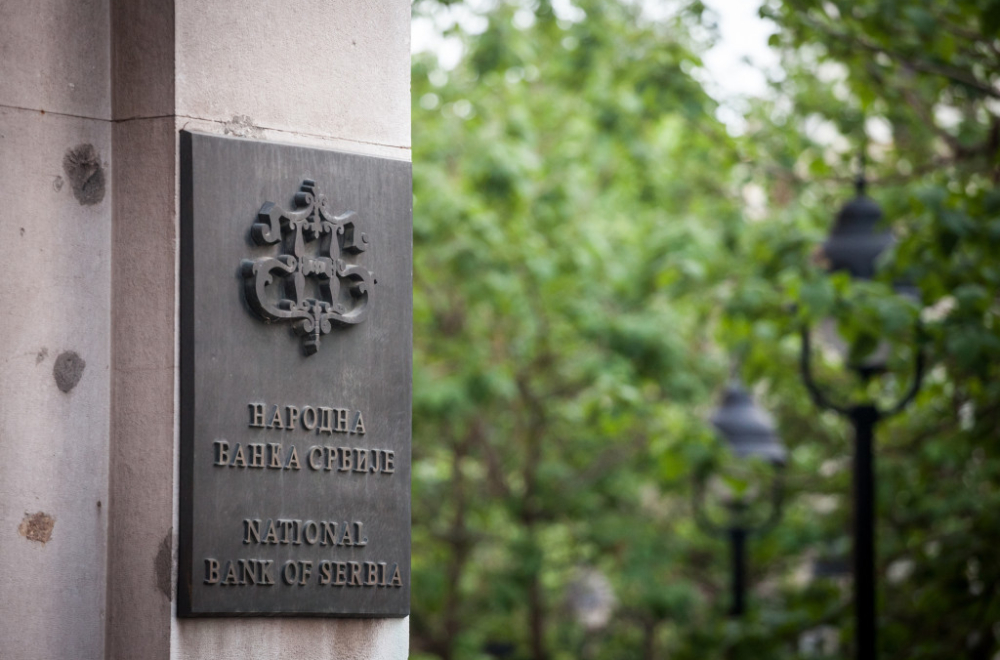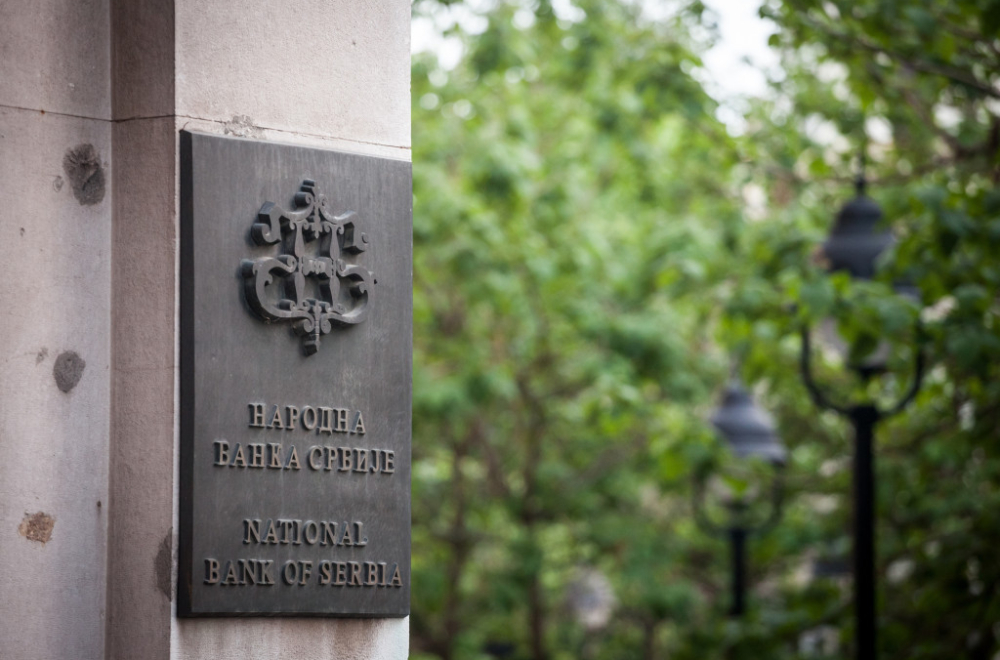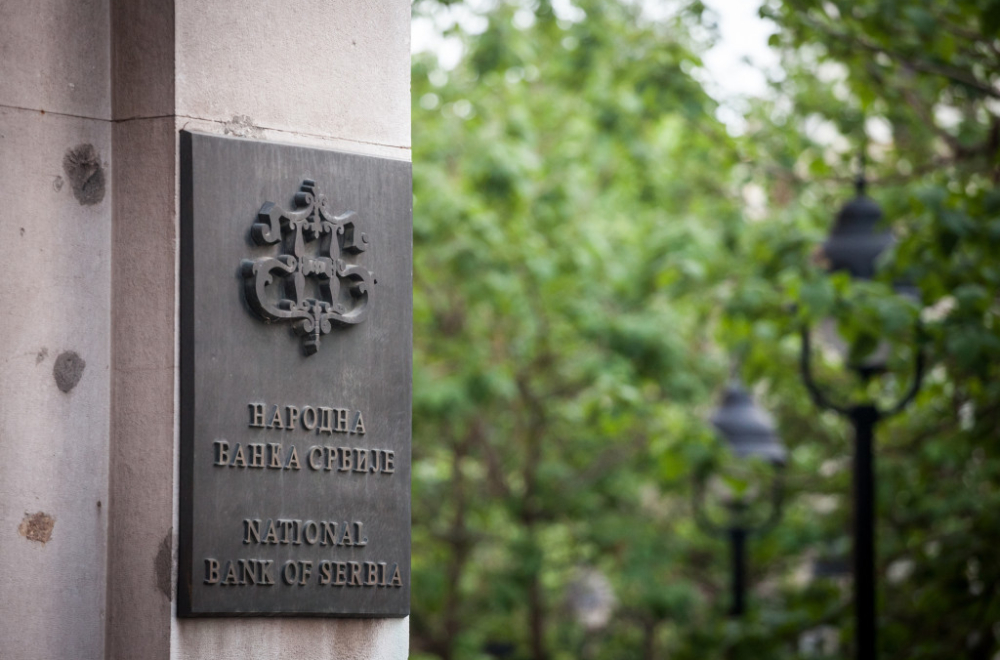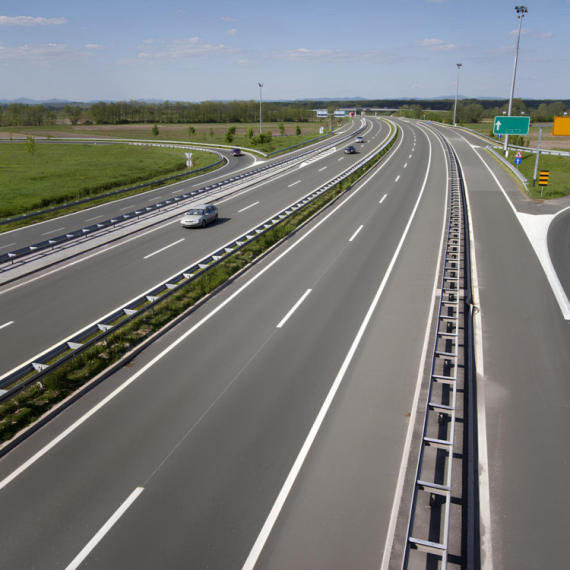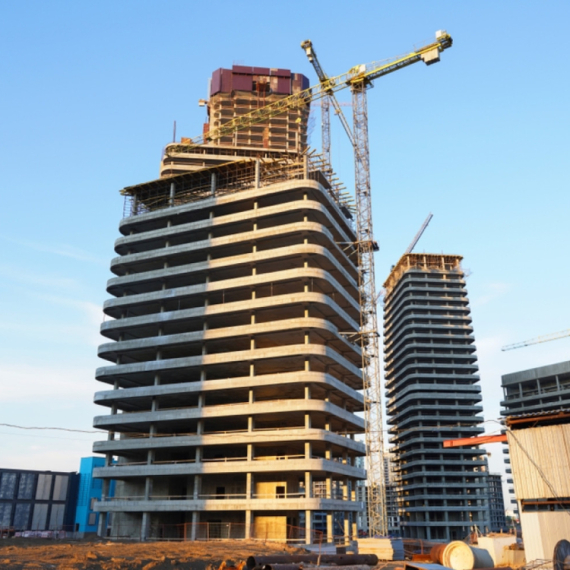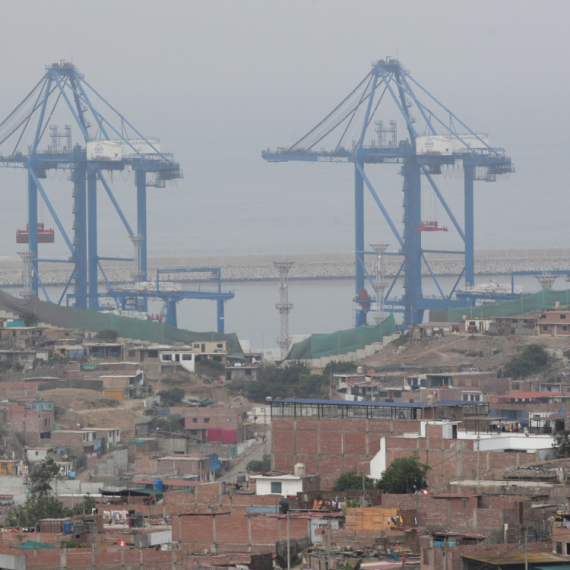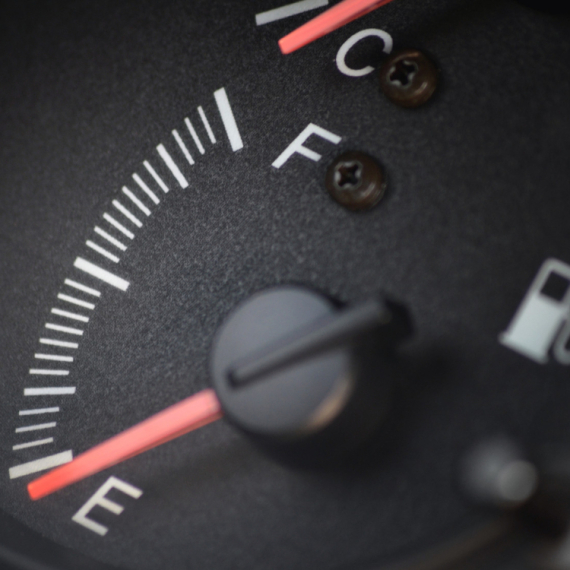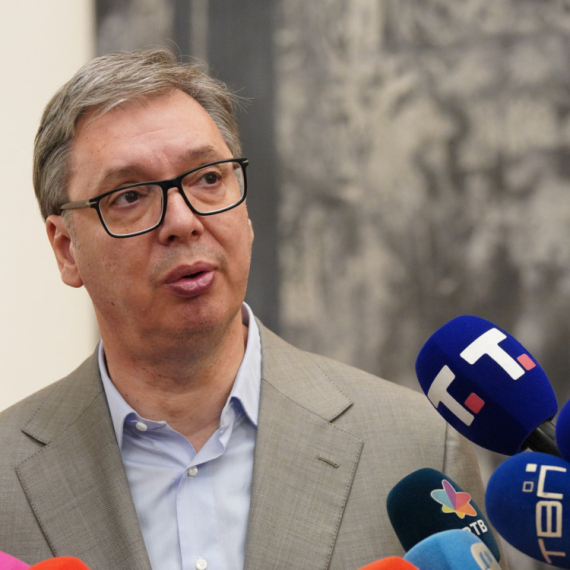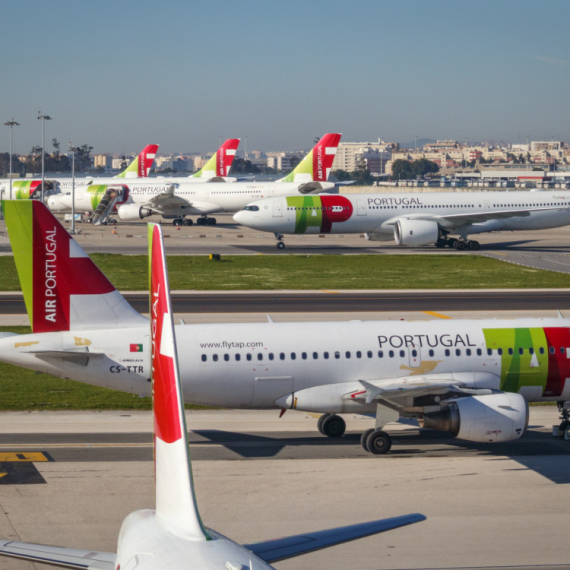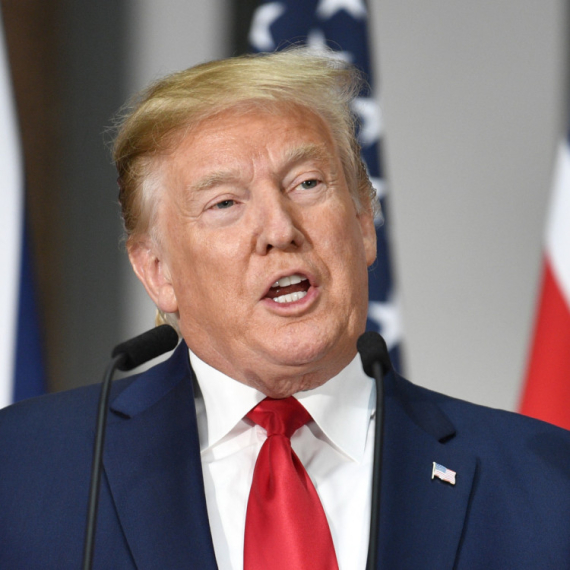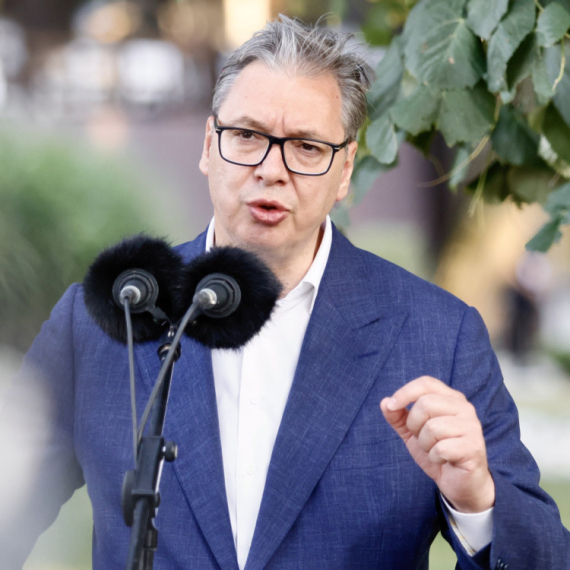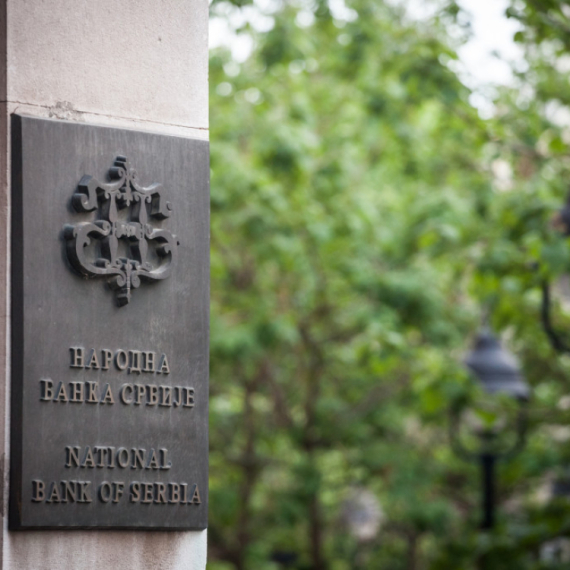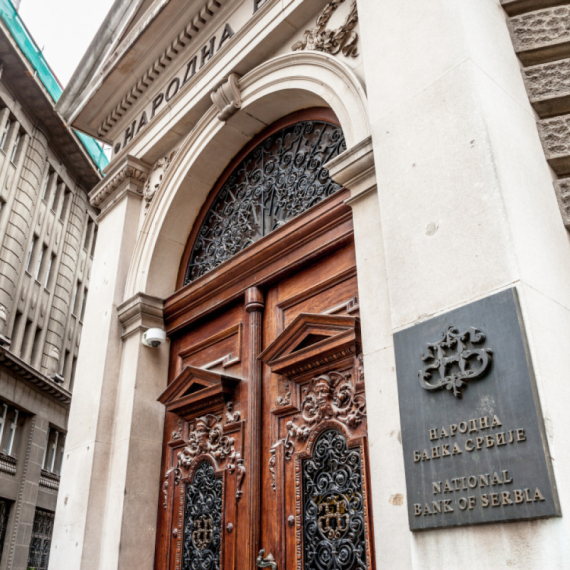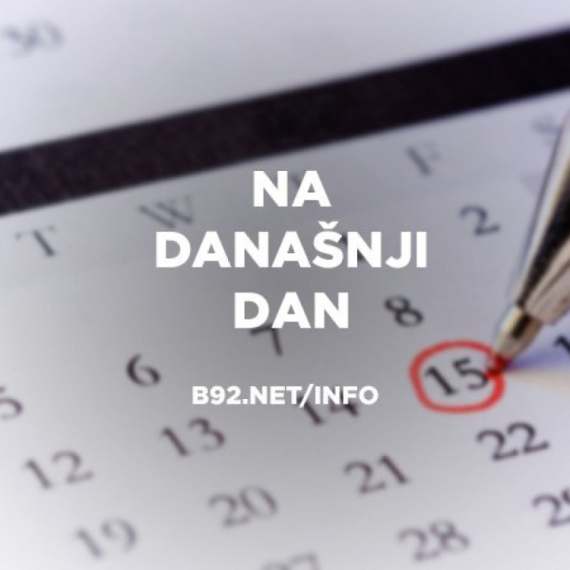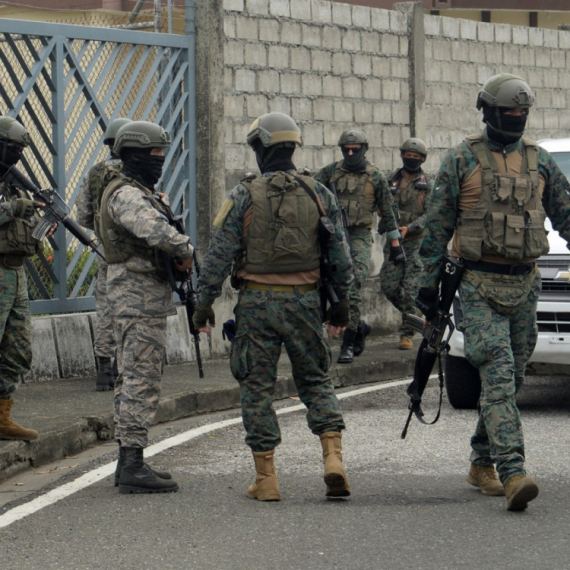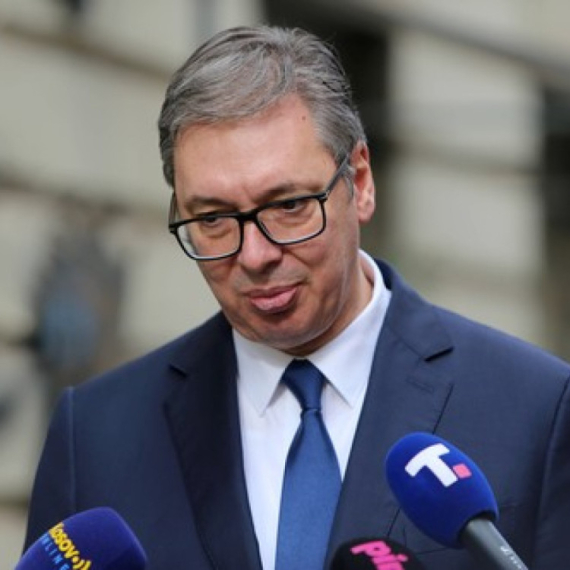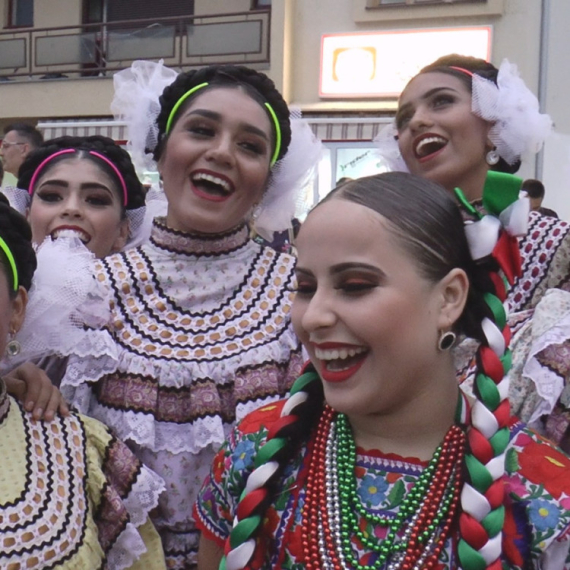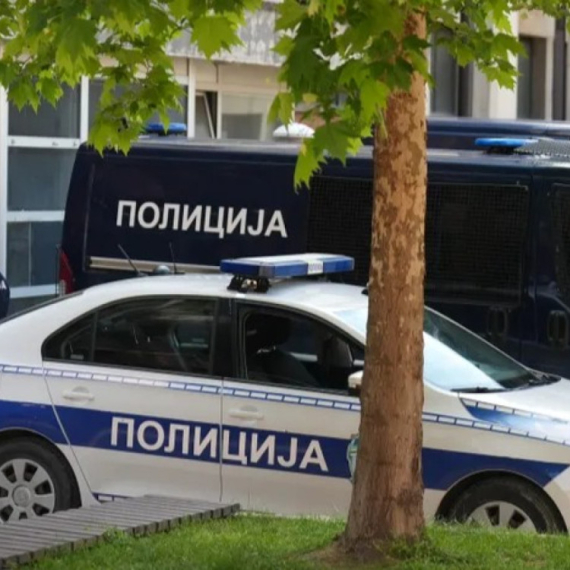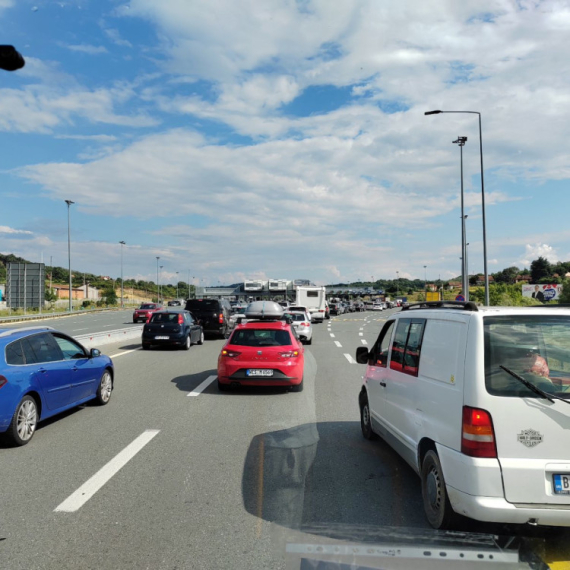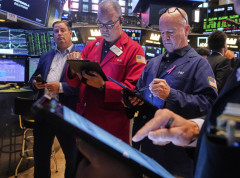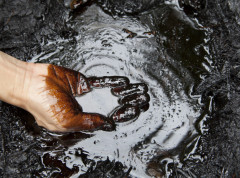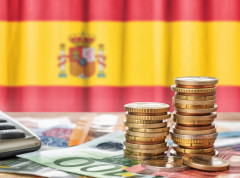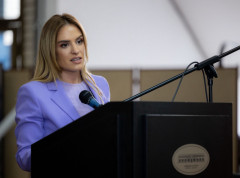Serbia’s Gross Foreign Exchange Reserves: Is This Really a Reason to Celebrate?
Did you know that Serbia’s National Bank (NBS) reported gross foreign exchange reserves of a whopping €27.40 billion at the end of June 2024? Yes, you read that right! That’s an increase of €4.7 million compared to the end of May. But before you start popping the champagne, let’s dive a little deeper.
What are foreign exchange reserves and why do they matter?
Foreign exchange reserves are the money a country holds in foreign currencies, mainly euros, dollars, and gold. They act as a safety cushion for the economy, covering imports of goods and services and stabilizing the currency. NBS claims these reserves cover 6.5 months of imports, more than double the international standards. Sounds great, right?
But wait…
Net foreign exchange reserves, which are gross reserves minus banks’ foreign assets, IMF obligations, and other liabilities, stand at €23.07 billion, only €12.7 million higher than in May. This means the actual money Serbia can use is somewhat less than the gross figure suggests.
How did the reserves grow?
In June, inflows came from several sources: NBS interventions in the domestic foreign exchange market brought in €0.0 million (yes, zero!), mandatory foreign reserves from banks added €34.4 million, and management of reserves plus donations contributed another €69.6 million. On the other hand, the state paid €7.7 million on foreign currency loans and other obligations.
But it’s not all rosy!
The negative net effect of market factors was €1.6 million, mainly due to the weakening of the dollar against the euro by about 3.3%. The price of gold rose slightly but not enough to offset the losses.
What does this mean for us?
At first glance, it looks like Serbia has a strong financial position. But looking closer, the actual cash flows are modest, and market risks remain. Is this really a reason to celebrate or just another number hiding the real picture?
And one more thing…
While we focus on these numbers, Serbian President Aleksandar Vučić announces continued construction of highways and express roads, which will surely require huge investments. Will these reserves be enough to support such ambitions, or will we again look to loans and foreign investments?
Conclusion
Serbia’s gross foreign exchange reserves are at a high level, but the real picture is more complex. Growth is modest, and market factors can still affect stability. So next time you hear reserves have increased, remember numbers don’t tell the whole story.
Now, what do you think? Is this really a reason to celebrate or just another illusion? Drop a comment, share your thoughts, or crack a good economic joke — you know we love a good debate!





